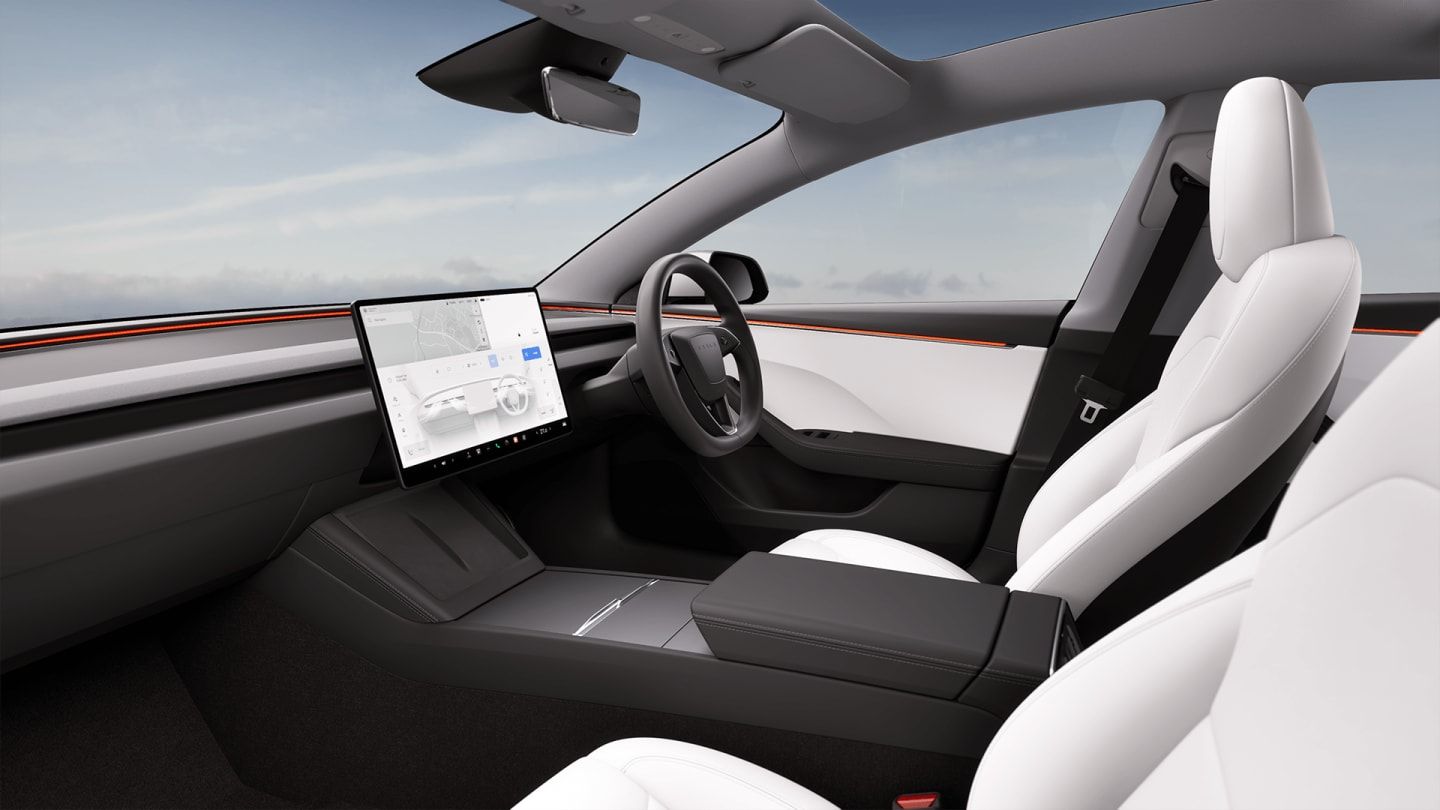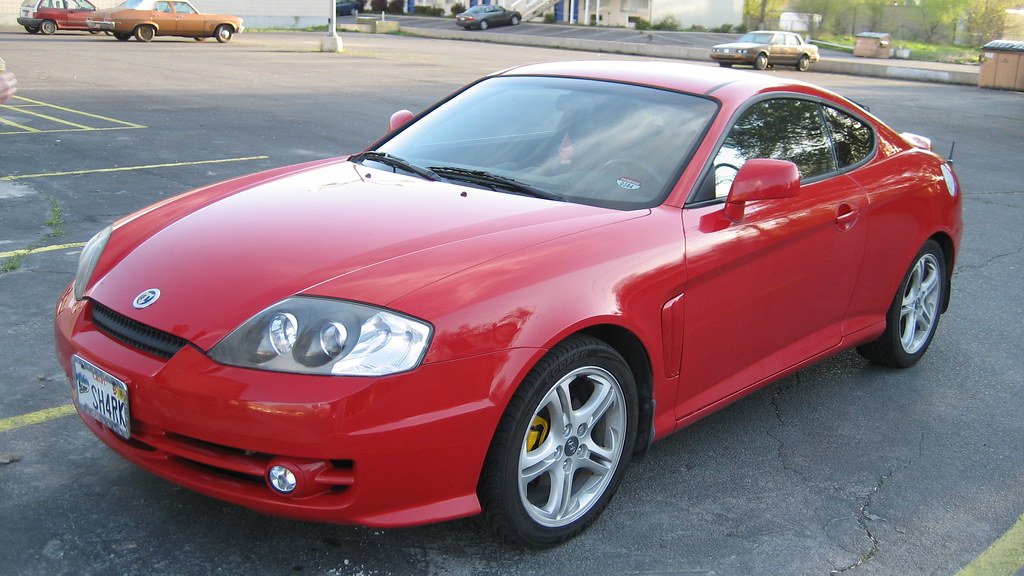
The allure of customizing a vehicle is undeniable for many car owners. Whether it’s to boost performance, enhance aesthetics, or add new functionalities, modifications offer a unique way to personalize one’s driving experience and express individuality. The automotive landscape has been significantly transformed by this rise in vehicle customization, granting enthusiasts the freedom to alter their cars to their heart’s content.
However, beneath the exciting facade of personalized vehicles lies a complex web of financial implications, legal considerations, and practical challenges that every owner, and prospective buyer, must navigate. While a modified car might be a head-turner or a track beast, the decision to alter a vehicle comes with a set of crucial considerations, especially regarding its long-term value and insurance coverage. This practice extends beyond simple cosmetic tweaks, delving into areas that can profoundly impact a car’s financial standing.
As a discerning consumer, understanding these impacts is paramount to making informed decisions. This in-depth guide aims to provide an unbiased and objective assessment of the most popular car modifications and their far-reaching effects, focusing on facts and actionable advice. We will explore how modifications affect resale value, insurance costs, and overall ownership experience, empowering you with the knowledge to balance customization with long-term financial prudence.
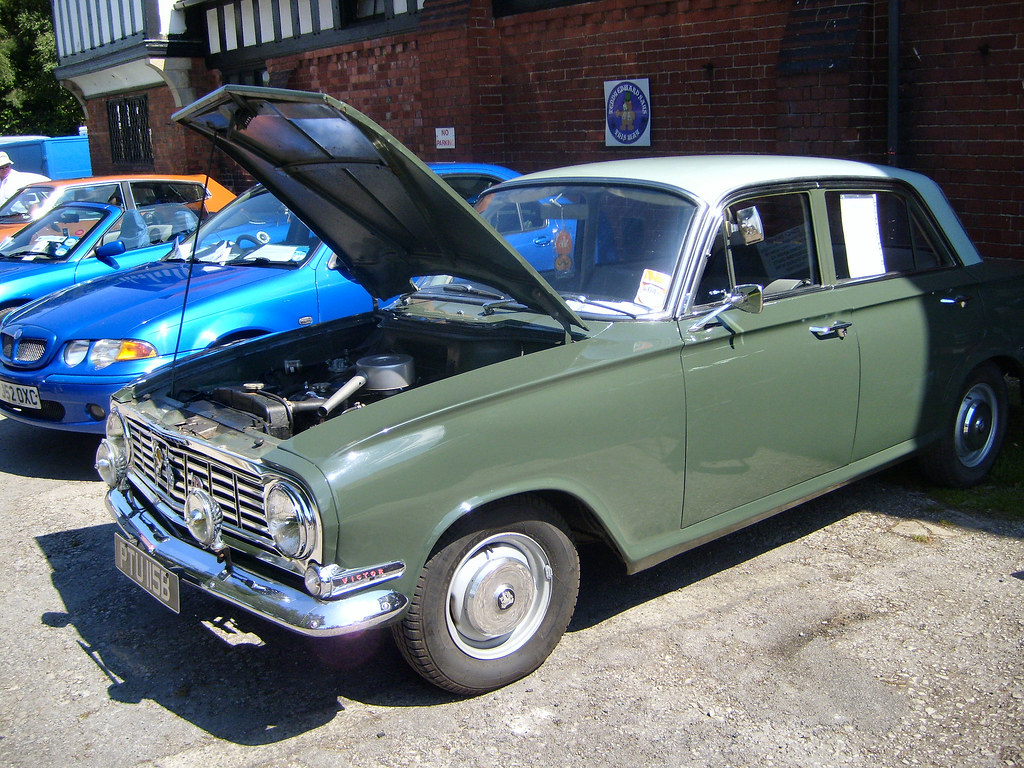
1. **The Overarching Impact of Modifications on Resale Value**When considering whether modifications lower the value of a car, it’s essential to weigh the impact of personalization against broader market appeal. While some enhancements, particularly performance upgrades or aesthetic changes, might increase a vehicle’s desirability among a niche group of enthusiasts, they frequently reduce its value in the wider resale market. This dynamic creates a significant challenge for owners looking to recoup their investment.
Potential buyers often view modifications as a liability rather than an asset. They may harbor concerns about added wear and tear on components, the use of non-standard parts, or alterations that simply do not align with their personal preferences. Furthermore, the complexities that can arise with insurance and warranty coverage for modified vehicles can further deter interested parties, making a sale more difficult.
Ultimately, the effect on a car’s value is multifaceted, depending heavily on the type of modification undertaken, the inherent quality of the work performed, and the specific target audience the car aims to attract. It becomes crucial for owners to find a delicate balance between indulging in customization and meticulously planning for the long-term resale considerations, recognizing that what adds value to them may not do the same for the next owner.
Read more about: The DIY Do-Nots: 14 Home Repair Shortcuts That Drive Pros Crazy (And Cost You Later!)
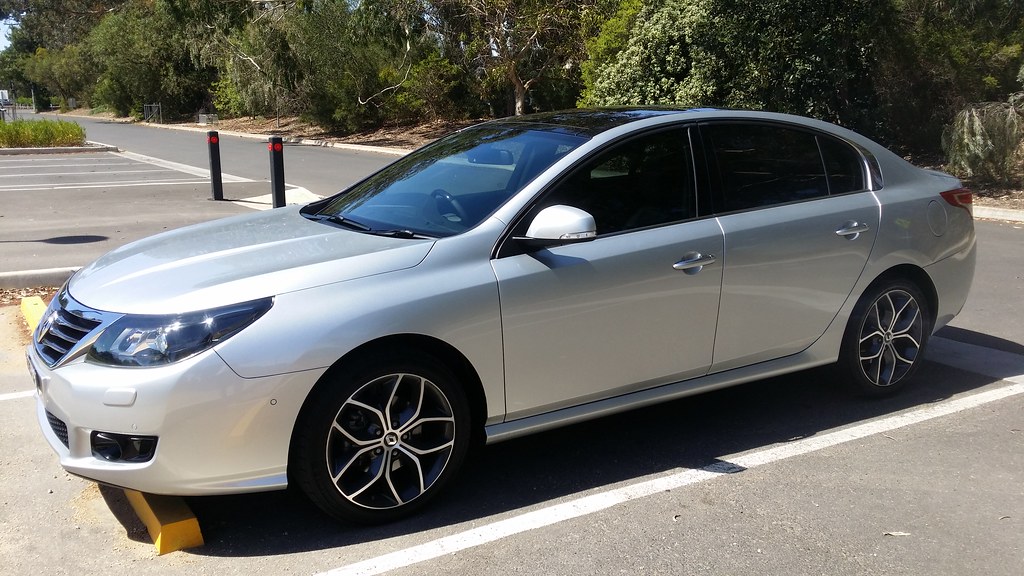
2. **Differentiating Modification Types: Performance, Aesthetic, and Functional**Modifications to a vehicle can be broadly categorized into three types: performance enhancements, aesthetic changes, and functional additions, each with distinct impacts on a car’s value. Understanding these distinctions is key to predicting how a modification will be perceived in the market. Each type caters to different desires but also carries different risks and rewards when it comes to resale.
Performance modifications, such as engine tuning, suspension upgrades, or turbocharging, are designed to enhance a car’s driving experience and capabilities. While these changes may appeal intensely to a niche market of performance enthusiasts, they can often deter mainstream buyers. The latter typically prioritize reliability, ease of maintenance, and standard factory specifications, viewing significant performance alterations as potential sources of unforeseen issues or increased wear.
Aesthetic modifications, which include custom paint jobs, body kits, or aftermarket wheels, are even more polarizing. These changes inherently reflect personal taste, making them highly subjective. While a tasteful aesthetic mod can sometimes add value if it aligns with popular trends or specific buyer preferences, overly personalized or poorly executed alterations can drastically limit the pool of potential buyers. This subjectivity often results in a reduction of the car’s resale value, as it fails to attract a wide audience.
Functional additions, such as upgraded sound systems, advanced navigation units, or enhanced security features, tend to appeal to a broader audience. If these additions are of high quality and well-integrated into the vehicle, they can genuinely enhance the driving experience and potentially increase a car’s value. However, it’s important to note that excessive or outdated technological modifications might not provide the desired return on investment, as technology evolves rapidly and personal preferences vary.

3. **The Critical Role of Workmanship Quality: Professional vs. DIY**The quality of modifications plays a pivotal role in determining whether they will enhance or diminish the value of your car. There is a significant difference in how professionally done modifications are perceived compared to those undertaken through a Do-It-Yourself (DIY) approach. This distinction can be the deciding factor in a car’s market appeal.
Professionally done modifications are typically executed with precision, utilizing high-quality materials and adhering strictly to industry standards. These modifications often come with comprehensive documentation, including receipts for parts and labor, warranties, and sometimes even certifications. Such evidence provides significant reassurance to potential buyers regarding the reliability, safety, and longevity of the alterations, making them more attractive in the resale market.
Conversely, DIY modifications can introduce an unpredictable element into a car’s value assessment. While a minority of DIY enthusiasts possess the requisite skills to perform work that rivals professional standards, many lack the specialized expertise, appropriate tools, or extensive knowledge necessary to ensure modifications are safe, reliable, and aesthetically pleasing. The lack of professional oversight can lead to a host of problems that undermine a vehicle’s integrity.
Poorly executed DIY mods, such which might manifest as uneven paint jobs, improperly installed exhaust systems, or amateurish electrical work, inevitably raise significant red flags for prospective buyers. These visible and often hidden issues generate concerns about the car’s safety, long-term reliability, and the potential for costly underlying problems, which invariably leads to a reduction in its perceived and actual value. Furthermore, DIY modifications frequently lack the necessary documentation or warranties, making it considerably harder to prove their quality or safety to an interested buyer.
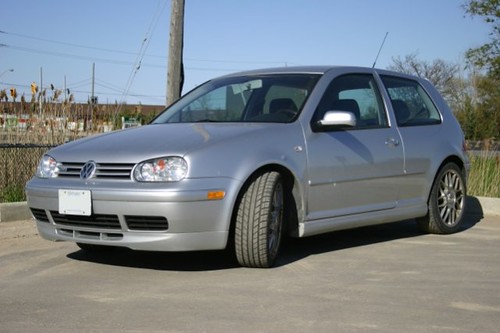
4. **Reversibility: Temporary vs. Permanent Modifications and Value Retention**When considering the impact of modifications on a car’s value, the reversibility of these changes is a crucial factor that significantly influences value retention. This aspect directly addresses how easily a vehicle can be returned to its original, factory condition, which is often preferred by a wider demographic of buyers.
Temporary modifications, by their very nature, are those that can be easily removed or undone without leaving any lasting changes to the vehicle’s structure or core components. Examples include aftermarket accessories such as custom floor mats, removable external decals, or seat covers. These types of modifications allow owners to personalize their cars without permanently altering their original state. Because they can be effortlessly removed prior to a sale, temporary mods generally have a minimal, if any, negative impact on value retention. In fact, they might even be seen as a neutral or slightly positive feature by some buyers, offering flexibility for further customization.
On the other hand, permanent modifications are far more likely to diminish a car’s value because they cannot be easily reversed without significant effort or cost. This category encompasses structural changes such as engine swaps, the installation of extensive body kits, or comprehensive suspension overhauls. Such irreversible alterations often appeal primarily to a niche market of enthusiasts, thereby inherently limiting the overall pool of potential buyers and narrowing the vehicle’s market appeal.
Even when permanent modifications are performed professionally, the fact that they are irreversible means the car deviates significantly from its factory specifications, a condition many mainstream buyers prefer. This deviation from the original can lead to accelerated depreciation, as the car is no longer in its universally accepted, original condition. The cost and effort required to revert these changes, if even possible, often fall to the next owner, a factor that is typically reflected in a lower asking price.
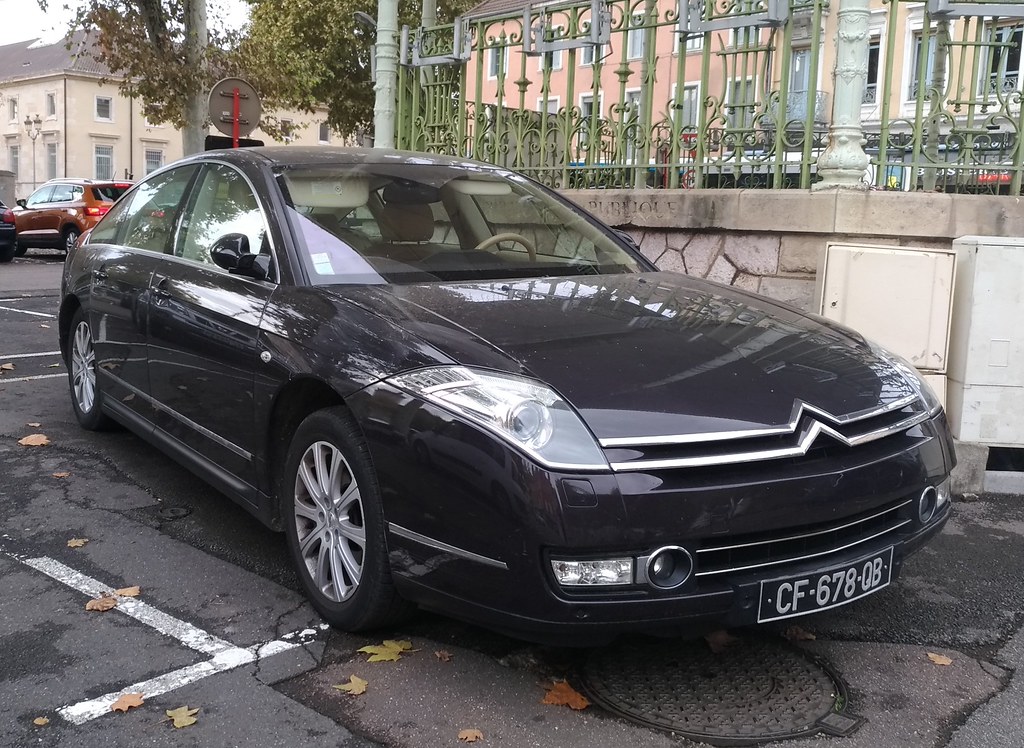
5. **Navigating Insurance Costs: Why Modified Cars Attract Higher Premiums**When considering modifications to your car, it is absolutely essential to understand the potential impact on your insurance coverage and the associated costs. Modified cars are frequently categorized as higher risk vehicles by insurance providers, a classification that often results in increased insurance premiums. Insurers view modifications as alterations that can enhance performance, change a vehicle’s aesthetics, or both, and these changes can fundamentally affect the car’s safety, its likelihood of theft, and its overall risk profile.
For instance, modifications such as engine tuning or significant suspension upgrades are often perceived by insurance providers as factors that could make a car faster or cause it to handle differently. These changes, from an insurer’s perspective, may increase the probability of accidents occurring, prompting them to adjust their pricing upward. Consequently, owners of modified vehicles commonly face higher insurance rates when compared to individuals who own stock, unmodified cars, reflecting the elevated risk associated with such alterations.
The type and overall extent of the modifications also play a significant role in how insurers evaluate the risk and, subsequently, determine the premium. Minor cosmetic changes, such as the addition of custom wheels or a change in the paint color, typically have a lesser impact on insurance costs. In contrast, performance-enhancing modifications are viewed with greater scrutiny. Insurers often categorize modifications into different risk levels, with each level potentially affecting the premium differently, from minor increases for simple additions to substantial hikes or even policy rejection for full engine overhauls.
To navigate these insurance considerations effectively, car owners should meticulously research and fully understand the specific modifications they intend to make and their potential insurance implications. Proactively obtaining quotes from multiple insurers, including those specialized in covering modified vehicles, can provide a much clearer picture of the expected costs. This transparency ensures that car owners are adequately covered and fully aware of the financial responsibilities that come with owning and customizing their vehicles.
Read more about: Your Definitive 2025 Guide: What to Check When Buying a Used Electric Vehicle

6. **The Risk of Voided Warranties and Insurance Policies**Beyond increased premiums, another critical aspect to consider when modifying your car is the significant risk of voiding your manufacturer’s warranty or even your existing insurance policy. Many vehicle manufacturers include strict clauses that void the warranty the moment substantial modifications are made, particularly to the engine, suspension, or even the vehicle’s intricate electronics. Should your car then experience any mechanical issues or failures, you will be solely responsible for the repair costs, which can indeed ‘dig a hole in your wallet’.
Equally critical are the clauses within insurance policies that require policyholders to disclose any modifications made to the vehicle. Failure to do so can lead to severe consequences, potentially resulting in the insurer denying a claim entirely if an accident occurs. This lack of transparency undermines the contractual agreement and gives the insurer grounds to refuse payouts, leaving the owner financially exposed during a time of need.
Furthermore, some modifications, especially those that substantially alter the vehicle’s performance characteristics or fundamentally change its appearance, may be deemed unacceptable by certain insurers. In such cases, the insurer might choose to cancel the policy altogether, citing an increase in risk beyond their acceptable parameters. For example, installing a high-performance exhaust system that exceeds noise limits or making extensive structural changes to the car’s body might be seen as too risky, causing the insurer to refuse coverage entirely.
It is absolutely crucial for car owners to communicate openly and transparently with their insurance providers about any planned or existing modifications. Insurers need accurate information to assess the associated risks and adjust the policy terms accordingly. In some instances, specialized insurance companies that cater specifically to modified cars might offer a viable solution, as they are more likely to understand and accommodate the unique needs of these vehicles. However, it’s worth noting that these specialized policies can also be more expensive, reflecting the increased risk and potential costs tied to modified cars. Being proactive and transparent about modifications ensures that owners are adequately covered and fully aware of the financial responsibilities.”_words_section1″: “1994
Read more about: The Ultimate Guide: 10 Critical Mistakes to Avoid When Buying a Refurbished Laptop

7. **Market Demand: Popularity of mods in specific car markets influences value**The impact of modifications on a car’s value is intricately tied to market demand, particularly the popularity of specific modifications within certain car markets. In regions or communities where aftermarket enhancements are highly sought after, modifications can actually increase a vehicle’s desirability and, consequently, its value. Conversely, in markets where stock or factory-original vehicles are preferred, such as luxury car segments or among classic car collectors, modifications can significantly lower a car’s value, making understanding your target market crucial.
Geographic location plays a pivotal role in determining how modifications affect a car’s value. In areas with a strong car culture, such as Southern California or Germany, certain modifications may be celebrated and even expected. For instance, lifted trucks with aftermarket wheels and off-road accessories are highly prized in regions with rugged terrain. Similarly, in urban areas where aesthetics are paramount, cosmetic modifications like body kits or custom paint jobs can appeal to buyers looking for a standout vehicle. However, in more conservative markets or regions with strict vehicle regulations, these same modifications may be seen as undesirable or even illegal, thereby diminishing the car’s value.
The type of car also dictates how market demand for modifications influences its value. High-performance vehicles, such as sports cars or muscle cars, often benefit from modifications that enhance their already impressive capabilities. For example, a modified Subaru WRX or BMW M3 with tasteful performance upgrades can command a premium in enthusiast markets. On the other hand, luxury vehicles or family sedans are typically valued for their comfort, reliability, and factory specifications, meaning modifications in these segments can alienate potential buyers and lower the car’s resale value.
Trends and fads within the automotive community can also shape market demand for modified vehicles. The rise of electric vehicles (EVs) has led to a growing interest in modifications that improve range or charging efficiency, appealing to tech-savvy buyers. Similarly, the resurgence of retro styling has increased demand for classic cars with period-correct modifications. However, trends can be fleeting, and modifications that align with long-standing preferences within a specific car market are more likely to retain their value compared to those tied to temporary fads.
Finally, niche markets can significantly influence the value of modified cars. Vehicles tailored for specific purposes, such as track racing, off-roading, or drifting, can fetch higher prices within their respective communities. A rally-prepped Mitsubishi Evo or a rock-crawling Jeep Wrangler will have a dedicated buyer base willing to pay a premium for specialized modifications. However, these vehicles may have limited appeal outside their niche, making them harder to sell to a broader audience. Tailoring modifications to a specific niche can maximize value, but it’s important to consider the trade-off in terms of market reach.
Read more about: Beyond the Roar: Unpacking the Resurgence of Classic Muscle Cars for American Enthusiasts

8. **Legal Compliance: Navigating the regulatory landscape for modifications**Beyond the financial implications, understanding and adhering to legal compliance is a non-negotiable aspect of car modifications. In many regions, modifications must comply with local regulations, and non-compliant changes can lead to severe consequences. These range from heavy fines and vehicle seizure to the cancellation of your registration, depending on specific state or regional rules.
Specific modifications are often under intense scrutiny by legal authorities. For instance, extreme exhaust systems that exceed noise limits, altered headlights that don’t meet visibility standards, or structural changes that compromise vehicle integrity are frequently deemed illegal. Such alterations not only put the owner at risk of legal trouble but also significantly lower the vehicle’s value, as potential buyers will be deterred by the prospect of inheriting legal complications.
The reluctance of mainstream buyers to purchase a non-compliant modified vehicle is a significant factor in depreciation. They worry about reliability, performance issues, or legal troubles, making a standard, compliant vehicle a much safer investment in their eyes. Even the smallest change outside of the car brand’s original specifications can sharply drop the car’s resale value, sometimes even lower than a well-maintained stock version of the same model.
To navigate this complex regulatory landscape, consumers should research local laws thoroughly before undertaking any modification. Utilizing tools like a VIN decoder can provide insights into a car’s original specifications, helping to identify any non-compliant alterations made by previous owners. This proactive approach helps safeguard against unforeseen legal issues and ensures the vehicle remains a viable asset in the market.
Read more about: A Comprehensive Guide for Consumers: Navigating the Complexities of Importing a Car from Abroad
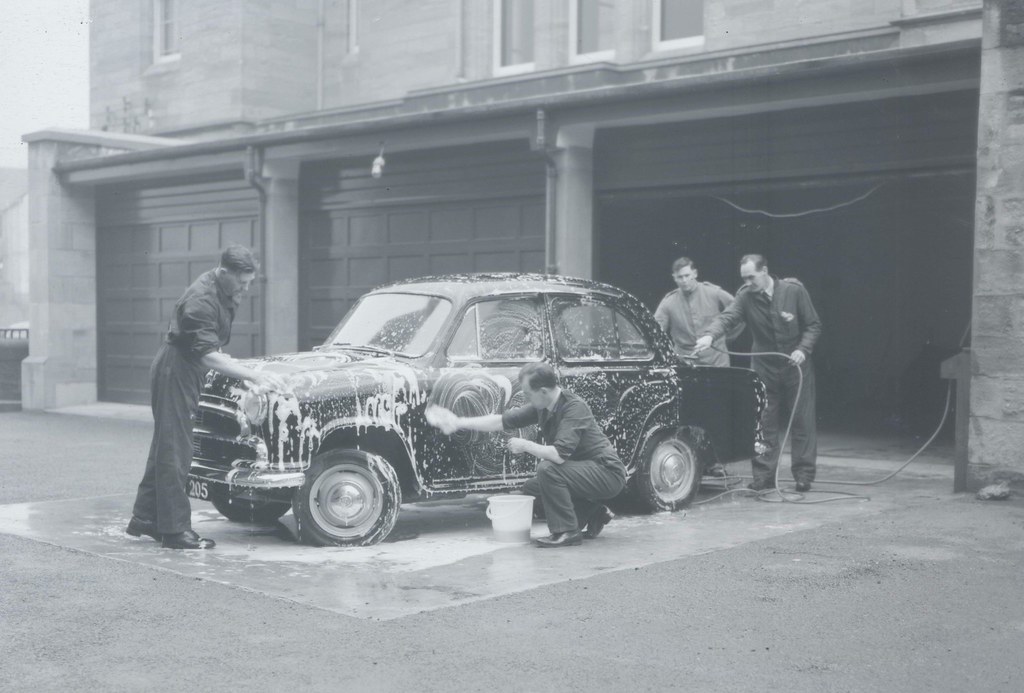
9. **Increased Maintenance Expenses: The hidden costs of enhanced performance**While performance upgrades promise an exhilarating driving experience, they often come hand-in-hand with a significant increase in maintenance expenses. Modifying your vehicle represents a higher initial investment, and these performance enhancements typically lead to more wear and tear on various components. This accelerated degradation necessitates more frequent and often specialized servicing, adding a hefty amount to your overall maintenance budget.
Performance-oriented modifications, such as stronger brakes, altered suspension systems, or remapped engines, are designed to push a vehicle’s capabilities beyond factory specifications. While these changes deliver improved handling, speed, or power, they also subject the engine, drivetrain, and chassis to greater stresses. This increased strain means parts may degrade faster, requiring more frequent checks, adjustments, and replacements with potentially more expensive, specialized components.
For the discerning consumer, recognizing these hidden costs is paramount to long-term financial planning. The allure of enhanced performance must be balanced against the reality of ongoing operational expenses. Failing to account for higher maintenance costs can quickly ‘dig a hole in your wallet,’ undermining the financial prudence behind your customization choices and impacting the overall value proposition of your modified vehicle.
Read more about: Decoding True Cost to Own: 9 Critical Factors That Drain Your Wallet After Five Years of Vehicle Ownership

10. **The Importance of Proper Documentation: Safeguarding your investment**Proper documentation of all modifications is an invaluable asset, crucial for safeguarding your investment and ensuring transparency in ownership. This includes meticulously kept receipts for parts and labor, detailed records of work performed, warranties for aftermarket components, and sometimes even certifications for specialized installations. Such comprehensive records provide tangible proof of the quality and legitimacy of the alterations.
These detailed records serve as critical reassurance for potential buyers. When presented with evidence of professionally executed modifications, including information on high-quality materials and adherence to industry standards, buyers are more confident in the reliability, safety, and longevity of the changes. This transparency significantly mitigates perceived risks, making the modified vehicle far more attractive in the resale market and helping to retain its value.
Documentation is equally vital for navigating insurance considerations. Insurers require accurate information to assess the vehicle’s true worth with its modifications. Providing a full account of the alterations, supported by receipts and appraisals, enables insurers to adjust policy terms appropriately, ensuring adequate coverage. This careful consideration aids in protecting your investment against unforeseen circumstances and facilitates smoother claims processes.
Conversely, DIY modifications often lack the necessary documentation or warranties. This absence makes it considerably harder to prove the quality, safety, or professional standard of the work to an interested buyer or an insurance provider. Such undocumented alterations invariably raise significant red flags, leading to skepticism, a reduction in perceived and actual value, and potential complications during sale or claim.

11. **The Financial Reality of Return on Investment: What to expect**When embarking on vehicle modifications, it is a crucial financial reality that most alterations do not provide a positive return on investment in terms of resale value. The money enthusiastically spent on customizing a vehicle is rarely recouped when the time comes to sell it. Owners primarily undertaking modifications for personal enjoyment or aesthetic preference should temper expectations of financial gain.
While modifications can certainly personalize a car and enhance its performance or appearance to the owner’s taste, this individual appeal often fails to translate into broader market value. The subjective nature of aesthetic changes and the potential for reliability concerns or increased wear with performance modifications often limit their appeal to a wider demographic of buyers who typically prefer stock vehicles.
The ultimate impact on resale value is multifaceted, heavily dependent on the type, quality, and reversibility of the modifications, as well as the specific preferences of the target buyer. Only a very niche market of enthusiasts might appreciate and be willing to pay a premium for specific, exceptionally well-executed, and highly desirable upgrades. Even then, the ‘premium’ often represents only a fraction of the original modification cost.
Therefore, the primary motivation for making modifications should squarely be personal satisfaction and the enjoyment of a customized driving experience, rather than an expectation of financial return. Any perceived increase in value is usually limited to a very specific segment of buyers, and for the general market, modifications typically accelerate depreciation, especially if they limit the car’s broad appeal.
Read more about: Unmasking the Markup: Your Essential Guide to Spotting and Avoiding Hidden Car Dealer Fees
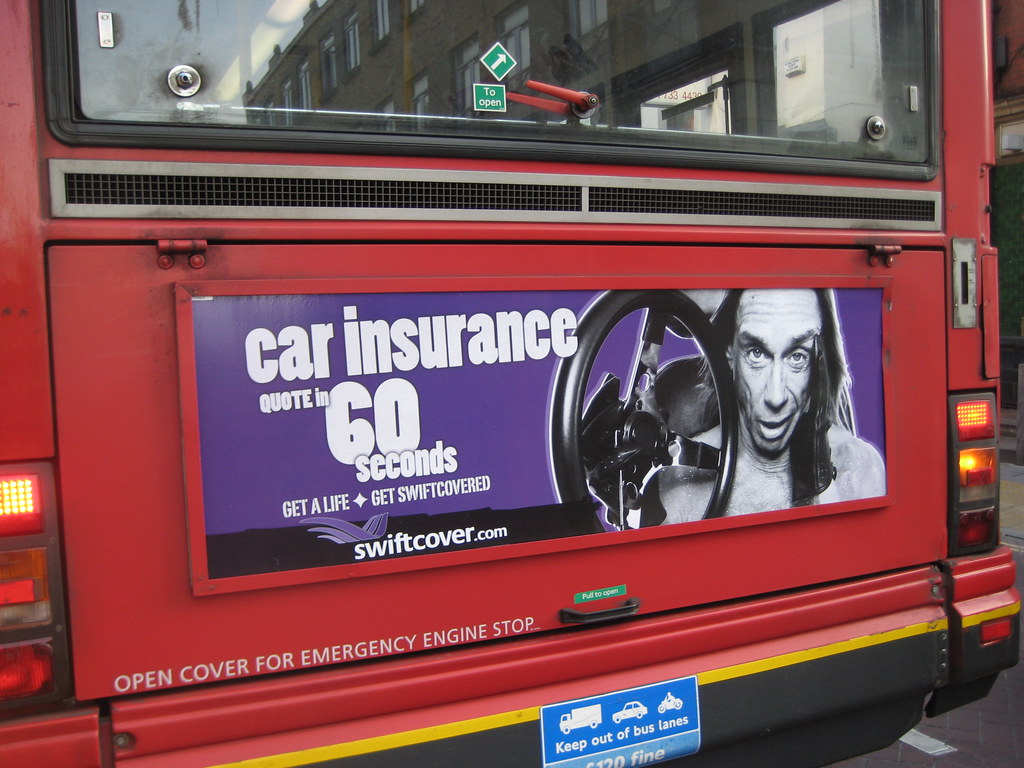
12. **Transparent Communication with Insurance Providers: Essential for coverage**Open and transparent communication with your insurance provider is not merely a recommendation; it is an absolute essential for any car owner who has made, or is planning to make, modifications to their vehicle. This candid dialogue forms the fundamental basis for securing adequate and reliable insurance coverage for your customized asset.
Insurers require accurate and comprehensive information about all modifications to correctly assess the associated risks. Alterations to performance, aesthetics, or functionality can profoundly affect a vehicle’s safety, its likelihood of theft, and its overall risk profile. Providing detailed information enables insurers to adjust policy terms accordingly, ensuring that your coverage accurately reflects the true value and risk of your modified car.
Failure to disclose modifications can lead to severe and financially damaging consequences. Many insurance policies include strict clauses that require policyholders to report any changes. Neglecting this crucial step can result in the insurer denying a claim entirely if an accident occurs, or even lead to the cancellation of your policy, leaving the owner financially exposed during a time of great need.
By proactively discussing all planned or existing modifications with your insurer, you take a critical step towards protecting your investment. This ensures that your vehicle is adequately covered for its true value, inclusive of all enhancements, and safeguards against potential disputes or inadequate payouts in the event of an incident. It is about aligning your policy with the reality of your vehicle.
For some significantly modified vehicles, traditional insurance companies may find the risk profile too high. In such instances, specialized insurance companies that cater specifically to modified cars might offer more suitable solutions, as they are often more willing to understand and accommodate the unique needs of these vehicles. However, even with these specialized providers, full transparency remains paramount to secure appropriate and reliable coverage, ensuring long-term financial security.
Navigating the world of car modifications presents a unique blend of excitement and complexity. While the thrill of personalizing your vehicle is undeniable, a truly informed consumer understands that every alteration carries a cascade of considerations—from market appeal and legal adherence to maintenance demands, diligent documentation, and the often-elusive financial return. Ultimately, the journey of customization is best undertaken with a clear vision of not just the desired aesthetic or performance, but also the full spectrum of financial responsibilities and protective measures required. By embracing transparency, meticulous research, and proactive planning, enthusiasts can enjoy their unique vehicles while safeguarding their long-term investment, ensuring that their passion for modification remains a source of pride, not financial regret.

